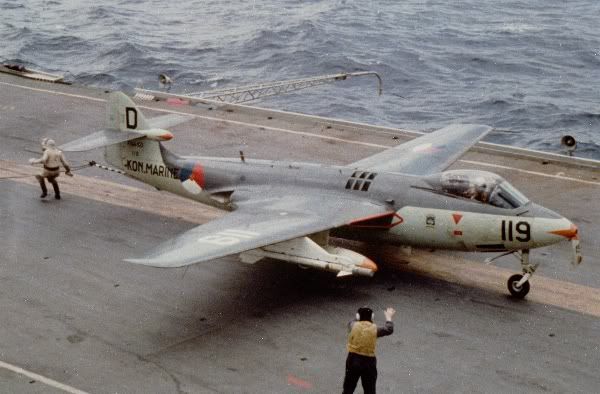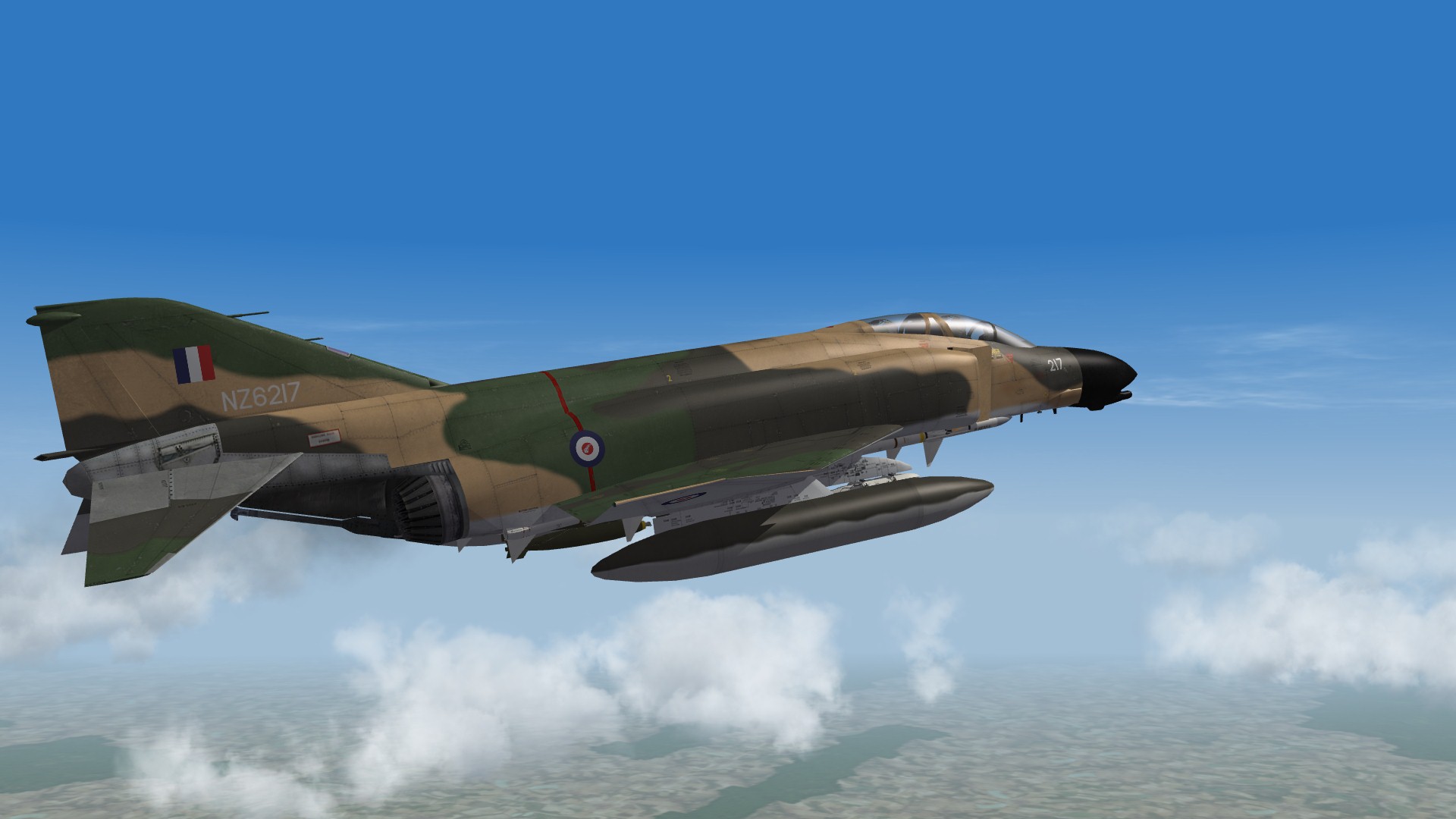SSgtC
ACCESS: Top Secret
- Joined
- 13 July 2020
- Messages
- 1,241
- Reaction score
- 2,893
February 12, 1959
London, United Kingdom
The reports from the Southwest Pacific were not good. A Dutch maritime patrol plane had been shot down and a destroyer had been sunk. Despite the reassurances from Indonesia that they had no intention of attacking any Commonwealth territory, taking them at their word would be worse than foolish. It was only twenty years past that a different British government had been given similar assurances from another country. That had ended with German tanks rolling into Paris, London in ruins, and a years long struggle to win through to ultimate victory.
The British and Commonwealth position in the region was better than the Netherlands, but not by much. While they had the Far East Strategic Reserve in place in Singapore centered on HMS Albion and the 28th Commonwealth Infantry Brigade Group in Terendak, Malaya, it was not a force capable of prosecuting a war on their own. Should Indonesia decide "in for a penny, in for a pound" and launch attacks on British territory, they would need immediate and rapid reinforcement if they were to have any chance at victory.
If a few corners were cut, it might be possible to get HMS Victorious to Singapore within two months, though her Air Group would almost certainly need to work up along the way. Eagle was about to enter Devonport Dockyard for an extensive modernization and was thus unavailable. Ark Royal was working up to deploy to the Far East later in the year and had more modern aircraft embarked than Albion. With proper care, she could be in Singapore within a month. With a little luck, the Royal Navy, backed by the Royal Australian Navy, would be in good shape should the balloon go up.
The Royal Air Force, while nowhere near as ill-equipped as their Dutch counterparts, was still not what anyone would call lavishly equipped. Currently, the RAF had Nos 45 and 60 Squadrons flying de Haviland Venom FB.4s alongside No 81 Squadron flying a combination of Gloster Meteor PR.10s and English Electric Canberra PR.7s in Singapore and Malaya. No 28 Squadron was also in the Far East, though it was based at RAF Kai Tak in Hong Kong while the other Far East squadrons were at RAF Tengah. But if it was needed, the squadron could be redeployed to the area, though the thought of leaving Hong Kong underdefended in the face of Communist Chinese aggression made more than a few backsides pucker. There were also several transport squadrons in the theater, and although they would be worth their weight in gold should the Army have to go back into the jungle to root out Indonesian infiltrators, they could provide little combat capability against Indonesia's rapidly modernizing Air Force.
In reviewing the available options to reinforce the Far East, the decision is made to put No 6 Squadron flying Canberra B.2 bombers on alert for possible deployment from RAF Akrotiri on Cyprus to RAAF Butterworth in Malaya. No 43 Squadron at RAF Khormaksar in Aden, equipped with Hawker Hunter F.6s, was also put on alert for possible movement to the Far East. Some thought was also given to deploying a Gloster Meteor equipped night fighter squadron, but in the end, it was ruled out on the grounds that the Meteor was thoroughly obsolete and would be very unlikely to successfully engage any targets flying at night.
Unfortunately, there was not as much that could be done to reinforce the 28th. It would take months to ship all the men and equipment needed for anything more than a flag showing exercise. The United Kingdom would have to rely on the Australians and New Zealanders to pick up the slack there.
London, United Kingdom
The reports from the Southwest Pacific were not good. A Dutch maritime patrol plane had been shot down and a destroyer had been sunk. Despite the reassurances from Indonesia that they had no intention of attacking any Commonwealth territory, taking them at their word would be worse than foolish. It was only twenty years past that a different British government had been given similar assurances from another country. That had ended with German tanks rolling into Paris, London in ruins, and a years long struggle to win through to ultimate victory.
The British and Commonwealth position in the region was better than the Netherlands, but not by much. While they had the Far East Strategic Reserve in place in Singapore centered on HMS Albion and the 28th Commonwealth Infantry Brigade Group in Terendak, Malaya, it was not a force capable of prosecuting a war on their own. Should Indonesia decide "in for a penny, in for a pound" and launch attacks on British territory, they would need immediate and rapid reinforcement if they were to have any chance at victory.
If a few corners were cut, it might be possible to get HMS Victorious to Singapore within two months, though her Air Group would almost certainly need to work up along the way. Eagle was about to enter Devonport Dockyard for an extensive modernization and was thus unavailable. Ark Royal was working up to deploy to the Far East later in the year and had more modern aircraft embarked than Albion. With proper care, she could be in Singapore within a month. With a little luck, the Royal Navy, backed by the Royal Australian Navy, would be in good shape should the balloon go up.
The Royal Air Force, while nowhere near as ill-equipped as their Dutch counterparts, was still not what anyone would call lavishly equipped. Currently, the RAF had Nos 45 and 60 Squadrons flying de Haviland Venom FB.4s alongside No 81 Squadron flying a combination of Gloster Meteor PR.10s and English Electric Canberra PR.7s in Singapore and Malaya. No 28 Squadron was also in the Far East, though it was based at RAF Kai Tak in Hong Kong while the other Far East squadrons were at RAF Tengah. But if it was needed, the squadron could be redeployed to the area, though the thought of leaving Hong Kong underdefended in the face of Communist Chinese aggression made more than a few backsides pucker. There were also several transport squadrons in the theater, and although they would be worth their weight in gold should the Army have to go back into the jungle to root out Indonesian infiltrators, they could provide little combat capability against Indonesia's rapidly modernizing Air Force.
In reviewing the available options to reinforce the Far East, the decision is made to put No 6 Squadron flying Canberra B.2 bombers on alert for possible deployment from RAF Akrotiri on Cyprus to RAAF Butterworth in Malaya. No 43 Squadron at RAF Khormaksar in Aden, equipped with Hawker Hunter F.6s, was also put on alert for possible movement to the Far East. Some thought was also given to deploying a Gloster Meteor equipped night fighter squadron, but in the end, it was ruled out on the grounds that the Meteor was thoroughly obsolete and would be very unlikely to successfully engage any targets flying at night.
Unfortunately, there was not as much that could be done to reinforce the 28th. It would take months to ship all the men and equipment needed for anything more than a flag showing exercise. The United Kingdom would have to rely on the Australians and New Zealanders to pick up the slack there.
Last edited:





